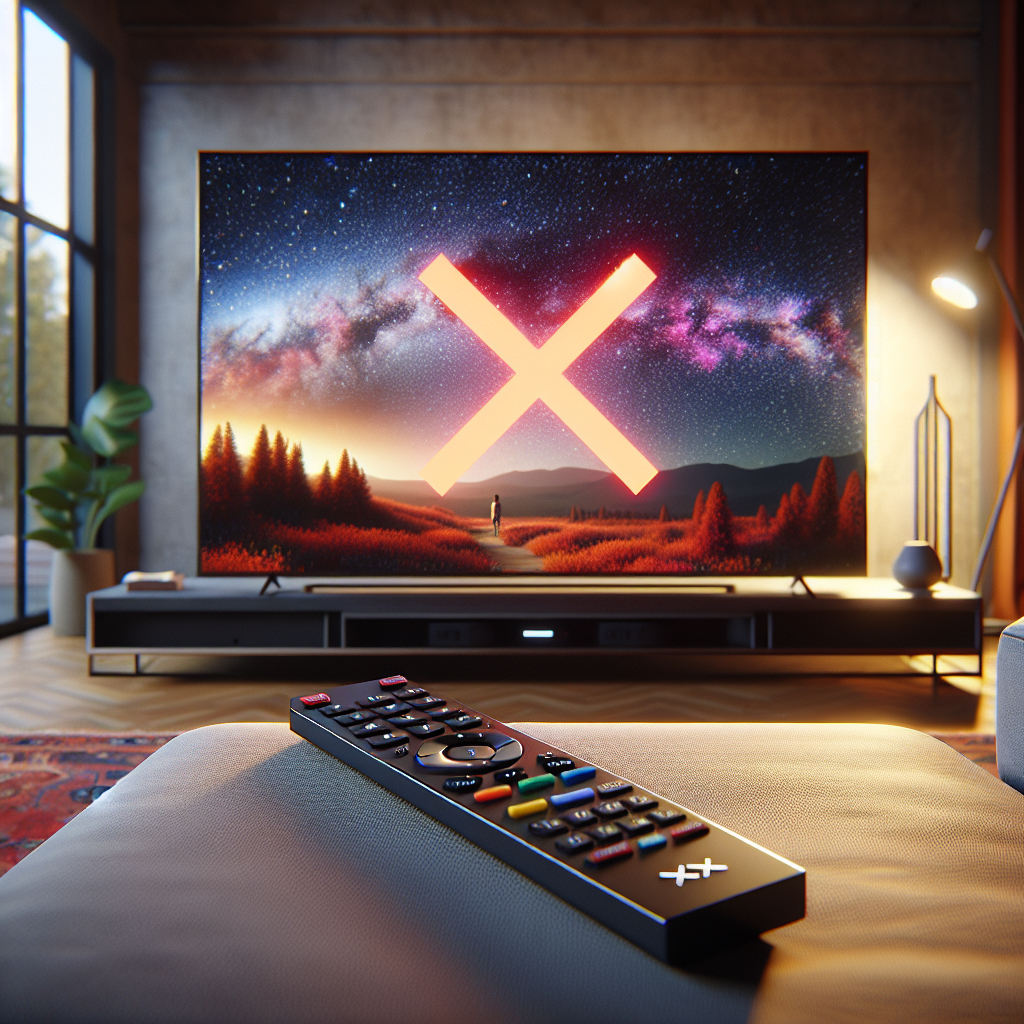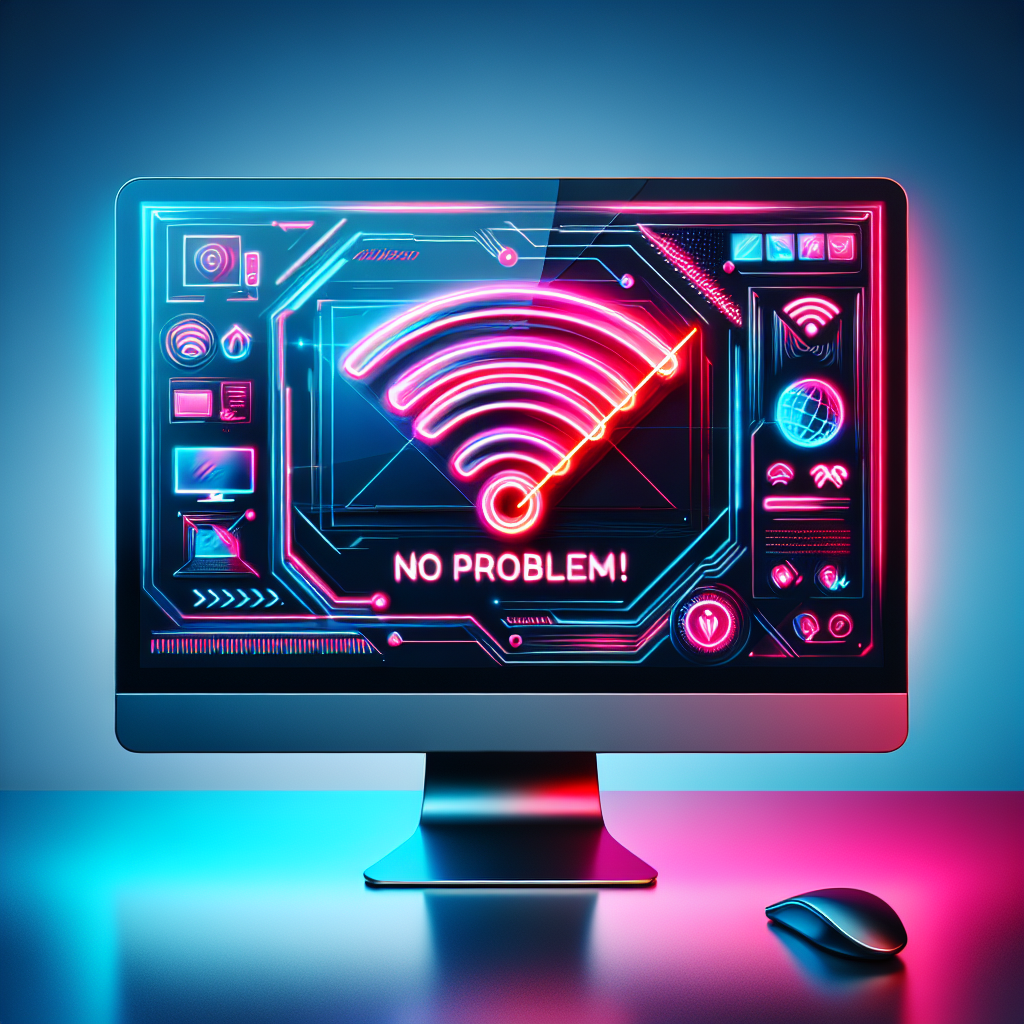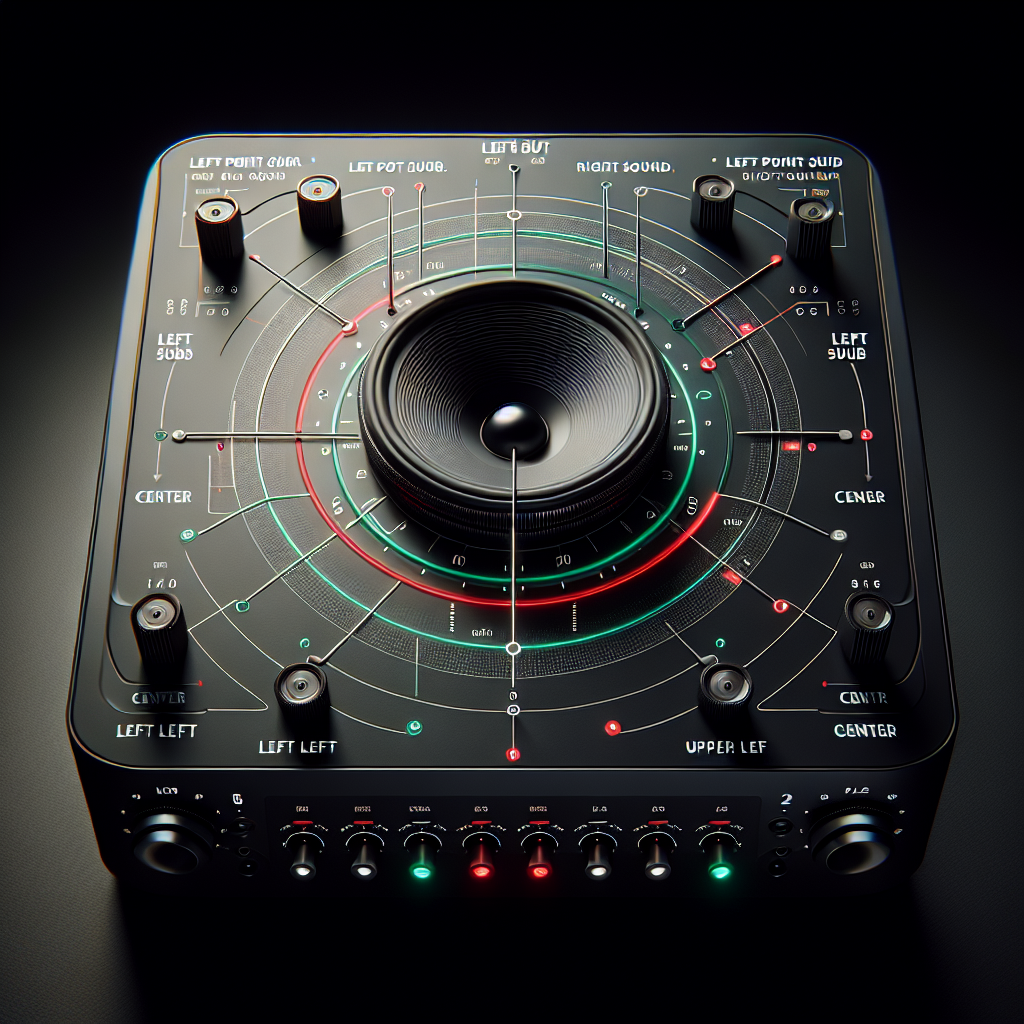Unlock the Full Potential of Dolby Atmos in Your Home Entertainment Setup
In the ever-evolving world of home entertainment, Dolby Atmos has emerged as a game-changer, offering an immersive audio experience that puts you at the heart of the action. However, navigating the technical maze to set up Dolby Atmos correctly can be daunting. Fear not, as we delve into the essentials to transform your movie nights with crystal-clear, enveloping sound, making use of your devices’ capabilities, streaming services, and hdmi eARC technology.
Ensuring Your Devices are Dolby Atmos-Ready
First things first, for the uninitiated, Dolby Atmos is an advanced sound technology that enables sound to move around you in three-dimensional space, so it feels like the action is happening all around you. To start this audio journey, ensure your entertainment devices support Dolby Atmos. This includes checking if your soundbars, home theatre systems, or the internal speakers of your television are Atmos-compatible. Additionally, understanding the role of HDMI eARC is crucial for transmitting high-quality audio signals.
If you’re using external audio systems, dive into the settings to activate Atmos capabilities. Note that newer technologies such as HDMI eARC offer enhanced bandwidth and speed, crucial for delivering the full Dolby Atmos experience, especially when dealing with high-resolution audio formats.
Optimizing Streaming Services for Dolby Atmos
Not all streaming services are created equal when it comes to Dolby Atmos. Before planning your next binge-watching session, verify that your preferred streaming platforms and the content therein support Atmos. Services like Netflix and Disney+ have a growing library of Atmos-enabled titles. Remember, just having the equipment doesn’t cut it if the content isn’t mastered to take advantage of Atmos’ capabilities.
Configuring Your System for Dolby Atmos
Configuring your system for Dolby Atmos involves more than just plugging in and playing. It requires a careful balance of settings on both your audio devices and your media players or TVs. Here’s a simple, yet effective way to ensure Dolby Atmos gives you that riveting sound experience:
- Connect your devices using the appropriate cables, favoring HDMI eARC for its support of the most advanced audio formats, including Dolby Atmos.
- Navigate to the sound settings on your TV or media player. Set the Digital Output Audio format to Dolby Atmos where applicable.
- Ensure that HDMI eARC mode is set to ‘Auto’ to facilitate seamless communication between your TV and audio system.
After the technical jugglery, you can confirm whether Atmos is working by checking the display panel of your audio device for the ‘Dolby Atmos’ indication. Alternatively, let your ears be the judge. Dolby Atmos successfully transports you to the heart of the narrative, from the whisper of the wind to the clamor of a bustling cityscape.
Common Challenges and Solutions
Even with everything seemingly in place, you might encounter hurdles in experiencing Dolby Atmos. Here are common issues and their quick fixes:
- Compatibility: Verify that all your devices not only support Dolby Atmos but are also configured to transmit and receive the Atmos signal.
- Content: Ensure the movie or show you’re excited about is mixed for Dolby Atmos sound. Look for the ‘Atmos’ label in the content description on your streaming service.
- Connection: Check your HDMI connections, opting for HDMI eARC where possible for the best audio transmission.
Setting up Dolby Atmos at home might seem like a chore at first, but the payoff is an unrivaled audio experience that plunges you into the heart of your favorite films and TV shows. With the right equipment, streaming services that support Atmos, and a bit of setup savvy, you’re well on your way to audio bliss. Remember, the aim is to create a setup where technology meets creativity, resulting in an immersive sound experience that’s truly transformative.






